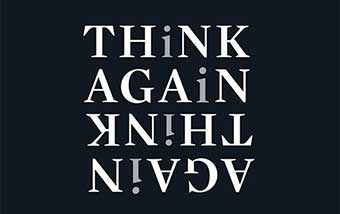The German Russian War
In the United States, mass production produced consumer products. In Hitler’s Germany it produced military power. Hitler hid this build-up brilliantly, with a pervasive dual use strategy, and he successfully used anti-communism to camouflage to the British establishment his intentions in Europe. In a short six years time, the United States had cars, and Hitler had tanks. Hitler had built the Wehrmacht, a monstrous, world conquering war machine.
He lost no time putting it to use. He made a deal with Russia and they split Poland, and then he took western Europe almost without a fight. His mechanized divisions took territory with menacing speed. Blitzkrieg.
After France fell, Hitler paused. What to do about Britain? Hitler had not thought that Churchill would return to power. He had expected Britain to acknowledge his hold on Europe. Churchill of course did not oblige. Only the United States or Russia could possibly amass the power to unseat him in Europe. A neutralized Britain, depriving the United States of a base from which to retake Europe, would neutralize the United States, at least for awhile. But an alliance of the United States with Russia was also a real threat. Conquering Russia would remove that threat, and make Britain a side concern, and give Germany lebensraum. Hitler made his fateful choice.
“Four out of every five Germans killed in action in World War II died on the Eastern Front.” Max Hastings, A Very Chilly Victory, New York Review of Books, August 13, 2009.
World War II was largely a German Russian War. The United States lost 300,000 lives, Britain 400,000 lives, Germany 6 million, and Russia . . . . 27 million. In the battle for Stalingrad alone, the Russians lost 500,000, the Germans, 200,000. In the largest conventional battle ever fought, the battle of Kursk, a battlefield as large as Belgium, the Russians lost 300,000. In this battle, there were three times the number of tanks facing off as there were in the great Allied/German tank battle of El Alamein. In the Battle for Berlin, with victory all but certain, Russia still lost 80,000 lives, 25,000 within the city limits.
The United States and Britain faced 30 German divisions on D-Day, the Russians . . . . . . 160.
It is frightening what it took to defeat the German war machine. Victory over Soviet Russia would have made Germany invincible in Europe for a very long time. Hitler ordered complete ruthlessness. The Wehrmacht took 3 million prisoners in the first 7 months of the war with Russia, and deliberately starved them to death. Only a Stalin, a cold, evil leader with iron clad control, a leader willing to sacrifice any number of his own people, shoot any number of his own soldiers, enslave, deport, or murder anyone in his way could triumph over the vicious Wehrmacht. Under pressure, Hitler was impetuous, prone to snap judgment and blind arrogance. He proved no match for the careful, methodic, detail analyzing Stalin. The stress of war made Hitler blunder, it made Stalin competent.
“Even when the US Army was fully mobilized in 1944-1945, it never became large enough to face the full weight of the Wehrmacht”.

